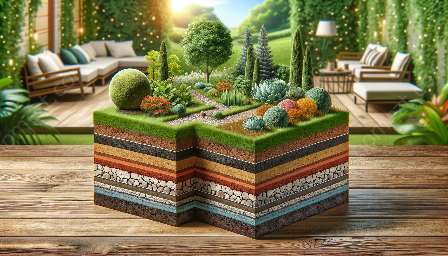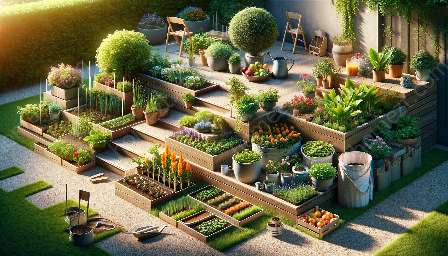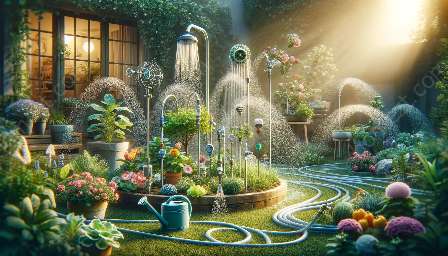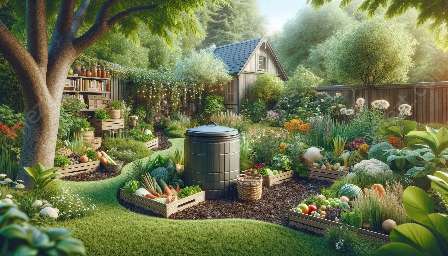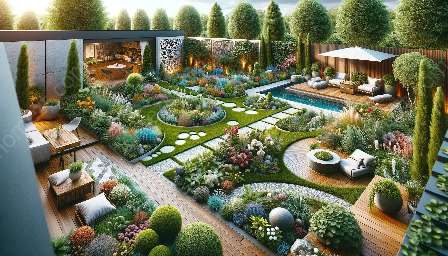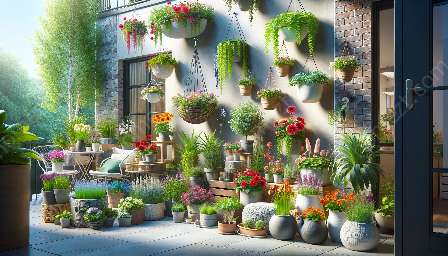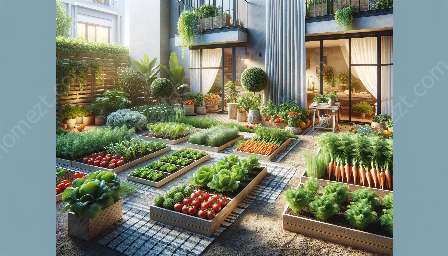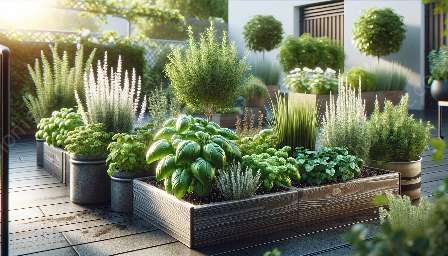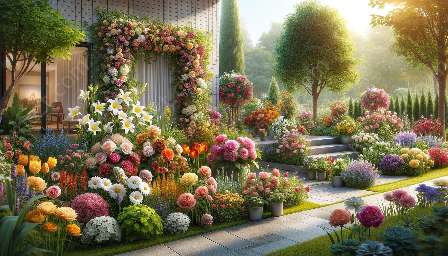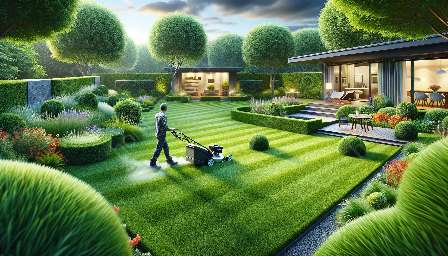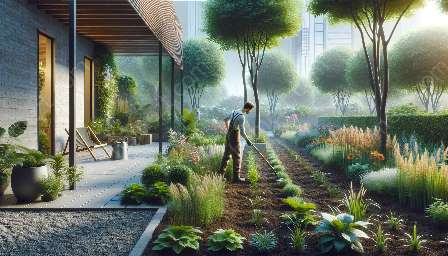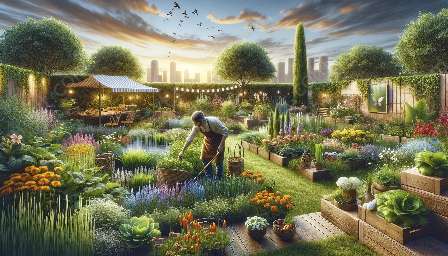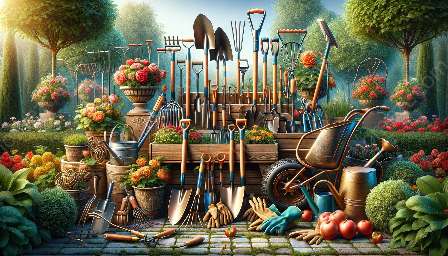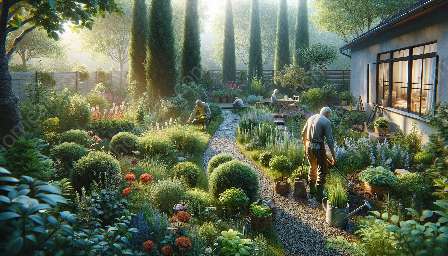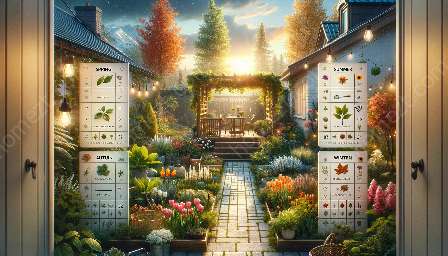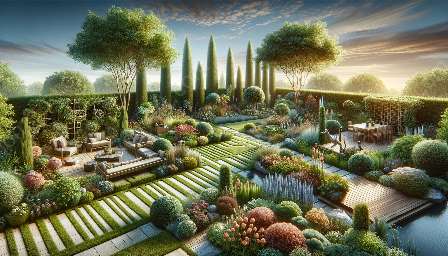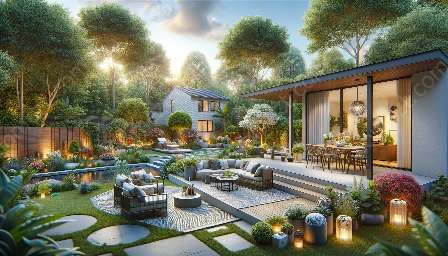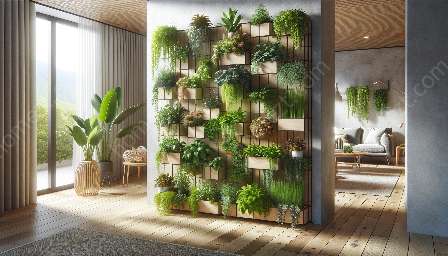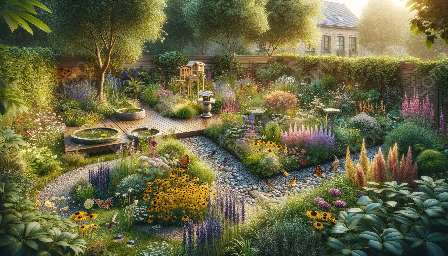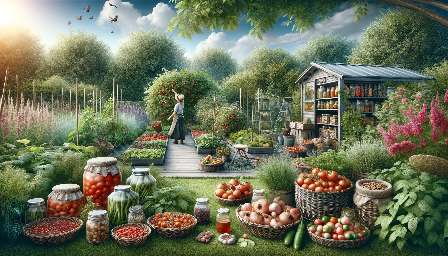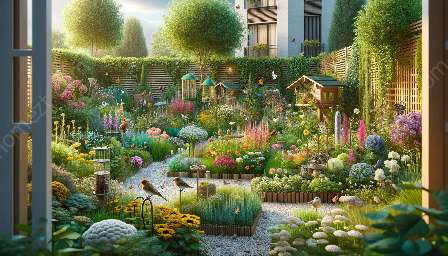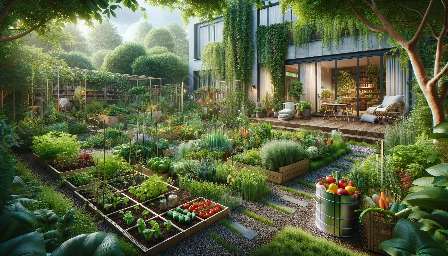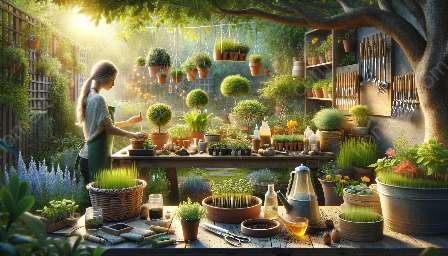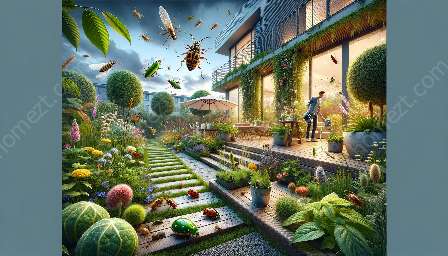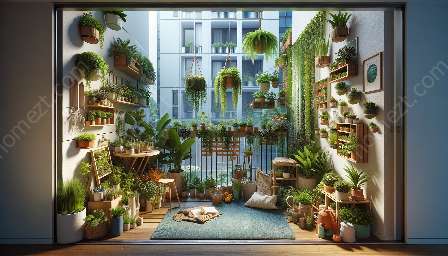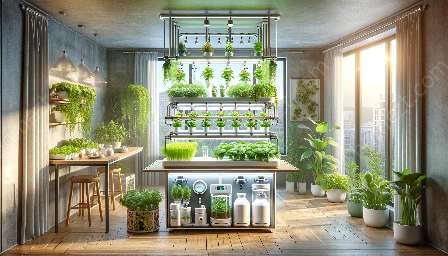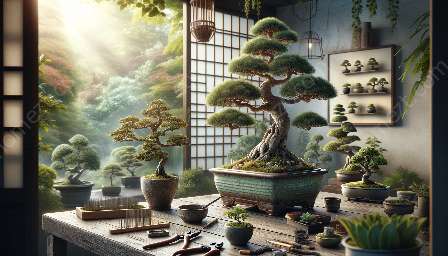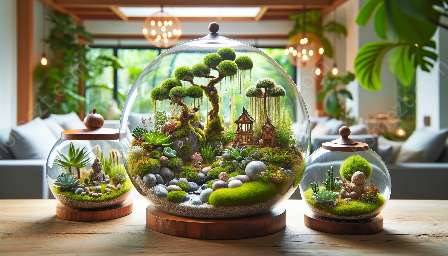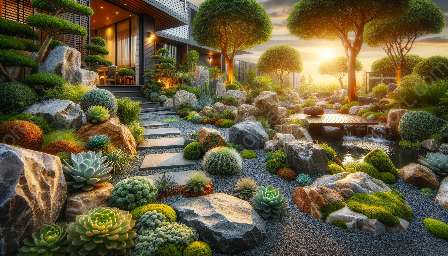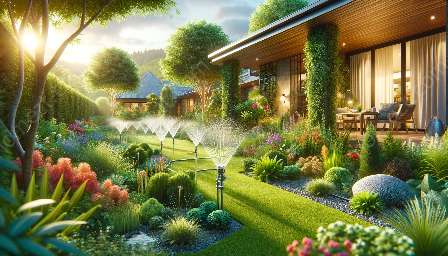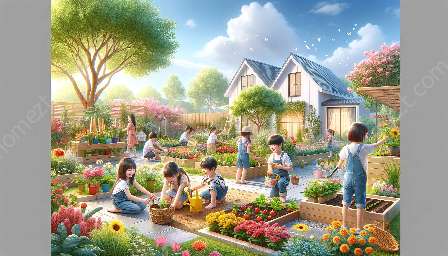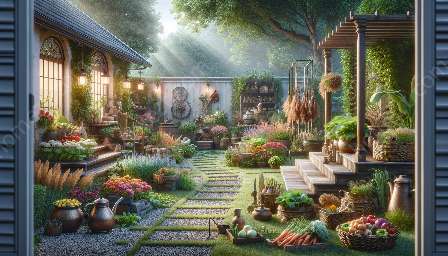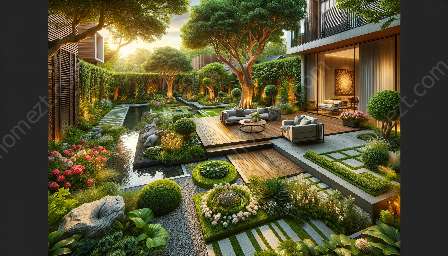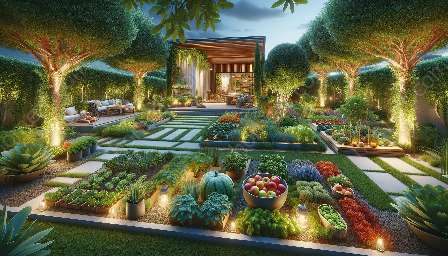Container gardening, the art of growing plants in pots and other containers, has become a popular practice for individuals seeking to bring greenery into urban spaces, balconies, patios, and even indoor living areas. This versatile gardening method allows people to exercise their creativity while beautifying their surroundings. This article will delve into the world of container gardening, exploring its compatibility with traditional gardening and its impact on home improvement.
Understanding Container Gardening
Container gardening involves the cultivation of plants in pots, baskets, tubs, and various receptacles. It is a practical solution for individuals with limited outdoor space, as well as those who wish to adorn their living spaces with greenery. Moreover, container gardening brings nature closer to urban dwellers, fostering a connection with the environment.
Compatibility with Gardening
Container gardening and traditional gardening complement each other in various ways. While traditional gardening allows plants to root directly into the ground, container gardening offers the flexibility to control soil conditions, adapt to limited spaces, and create focal points within the garden. Additionally, container gardening enables individuals to grow specific plants that may not thrive in their natural soil, expanding the variety of plant species that can be grown.
Benefits of Container Gardening
- Space Efficiency: Container gardening is an ideal solution for individuals with limited outdoor space. The ability to place containers on window sills, balconies, and patios makes it accessible to urban dwellers.
- Creative Expression: With a wide array of containers, plants, and design possibilities, container gardening provides an outlet for individual creativity. It allows for the creation of personalized, aesthetically pleasing displays.
- Adaptability: Containers can be moved and rearranged to maximize sunlight exposure or protect plants from adverse weather conditions, enabling the gardener to adapt to changing environmental factors.
- Accessibility: Container gardening makes it easier for individuals with physical limitations to tend to plants, as containers can be placed at a convenient height, reducing the need for bending or kneeling.
- Minimal Maintenance: In comparison to traditional gardening, container gardening often requires less maintenance, as it limits the spread of invasive plants and minimizes the need for weeding and tilling.
Enhancing Home Improvement
Container gardening provides a practical and aesthetic means of enhancing home environments. By integrating carefully chosen plants and containers into the landscape, individuals can create visually appealing outdoor and indoor spaces. Furthermore, container gardens add natural elements, texture, and color to home improvement projects, contributing to a relaxing and inviting atmosphere.
Techniques for Successful Container Gardening
Successful container gardening involves attention to several key factors, including proper container selection, suitable soil mixes, adequate drainage, and plant maintenance. Watering, fertilization, and monitoring plant growth are essential aspects of maintaining healthy container gardens.
Conclusion
Container gardening, with its compatibility with traditional gardening and its contribution to home improvement, is a versatile and rewarding practice. This approach allows individuals to indulge in their gardening passion while enriching their living spaces with the beauty of nature. Whether striving to create an urban oasis or complementing existing gardens, container gardening offers a unique form of self-expression and creativity.

